Author: Jason Cipriani
A new offering from the Hop Products Australia breeding program, Enigma is a high alpha variety that’s said to impart unique characteristics of redcurrants, raspberries, stone fruit, and Pinot Gris to beer. Enigma has gained a reputation for being a “chameleon” in that different aspects of this enigmatic variety are accentuated depending on things like wort composition, yeast choice, and other hops its paired with.
Alpha: 14.5 – 16.5%
Beta: 4.5 – 6%
Cohumulone: 37 – 43%
Total Oil: 0.8 – 3.2 mL/100g
Myrcene: 20 – 35%
Humulene: 12 – 19%
Caryophyllene: 6 – 8%
Farnesene: 7 – 12%
Linalool: 0.5 – 0.9%
Geraniol: unknown
ß-Pinene: unknown
Parentage: Descendant of Swiss Tettnang hop and North American hop
As a sister of the popularly fruity Australian Galaxy variety, I was excited to brew with Enigma for the first time and see what blind tasters thought of it for this edition of The Hop Chronicles!
| MAKING THE BEER |
The recipe for this beer was designed specifically for The Hop Chronicles with an easy drinking grist and copious amounts of Enigma hops.
Enigma Pale Ale
Recipe Details
| Batch Size | Boil Time | IBU | SRM | Est. OG | Est. FG | ABV |
|---|---|---|---|---|---|---|
| 6 gal | 60 min | 37.8 IBUs | 3.9 SRM | 1.054 | 1.012 | 5.4 % |
| Actuals | 1.054 | 1.006 | 6.3 % | |||
Fermentables
| Name | Amount | % |
|---|---|---|
| 2-Row - US | 6 lbs | 50 |
| Maris Otter Pale - UK | 6 lbs | 50 |
Hops
| Name | Amount | Time | Use | Form | Alpha % |
|---|---|---|---|---|---|
| AU Enigma | 9 g | 60 min | Boil | Pellet | 17.7 |
| AU Enigma | 17 g | 10 min | Boil | Pellet | 17.7 |
| AU Enigma | 43 g | 2 min | Boil | Pellet | 17.7 |
| AU Enigma | 57 g | 3 days | Dry Hop | Pellet | 17.7 |
Yeast
| Name | Lab | Attenuation | Temperature |
|---|---|---|---|
| Global (L13) | Imperial Yeast | 75% | 46°F - 56°F |
Notes
| Water Profile: Yellow Bitter in Bru’n Water Spreadsheet |
Download
| Download this recipe's BeerXML file |
While running my water through a RO filter the day before brewing, I weighed out and milled the grain.
The following morning, I loaded my recipe into my Grainfather controller and had it begin to heat my strike water. Once adequately heated, I mashed in and checked to ensure I’d hit my target rest temperature.
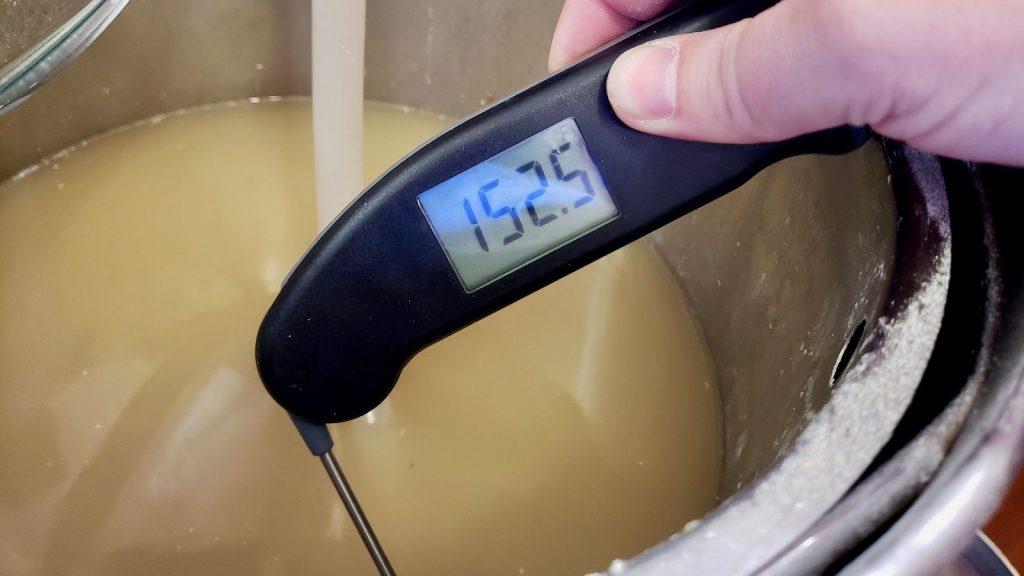
I checked the pH 15 minutes into the mash that confirmed my water adjustments worked as expected.
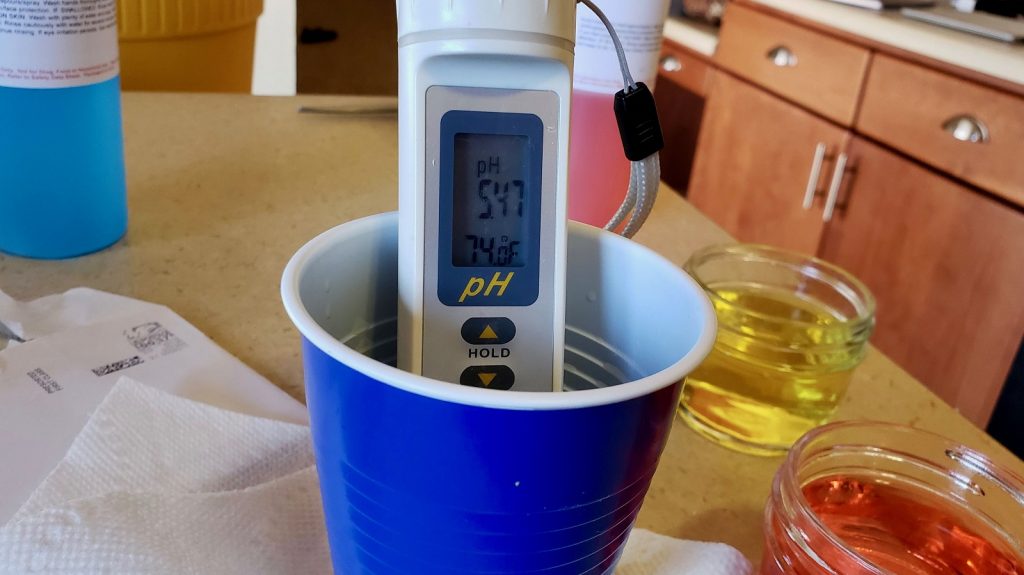
Toward the end of the mash rest, I weighed out the kettle hop additions in preparation for the boil.
At the end of the 60-minute rest, I removed the grains and proceeded to sparge with the recommended volume of water.
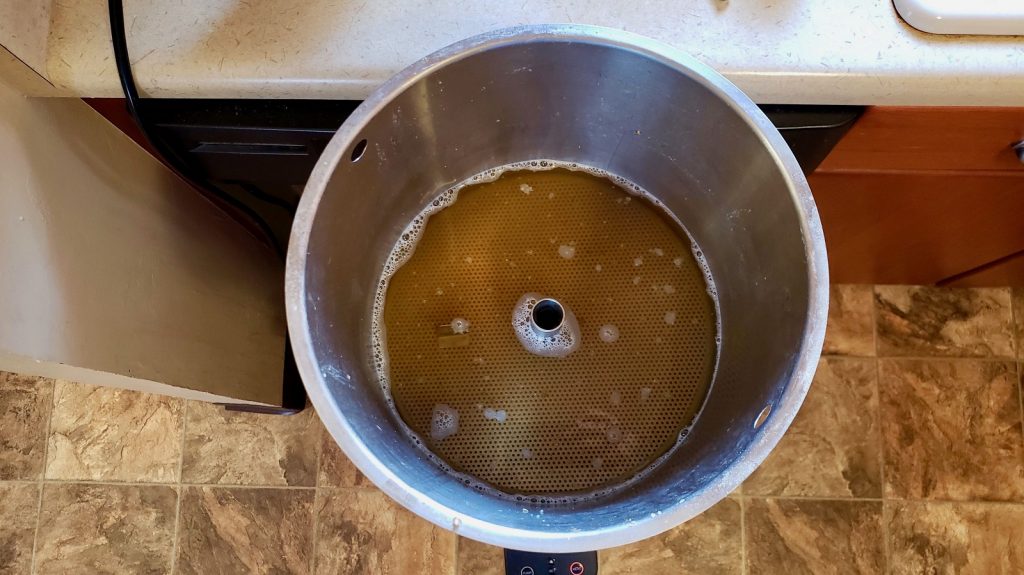
With the sparge was complete, I brought the wort to a boil and let it roll for 60 minutes, adding hops along the way. When the boil was completed, I ran the wort through my CFC directly into a sanitized Brew Bucket.
A hydrometer measurement showed the wort was right at my target 1.054 OG.
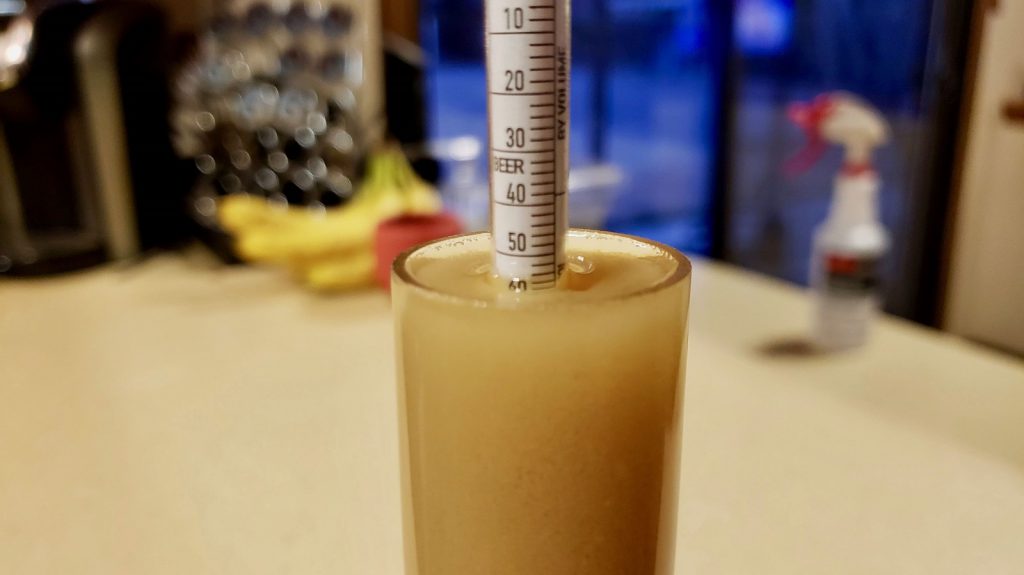
I set the filled Brew Bucket in my fermentation chamber and gave it a little time to finish chilling to my desired fermentation temperature of 66°F/19°C, at which point I pitched a fresh pouch of Imperial Yeast L13 Global.
I checked for signs of fermentation the next day and found the airlock bubbling away. Noticing decreased activity 5 days later, I raised the chamber temperature to 72˚F/23˚C to encourage complete attenuation. After 3 more days, I took a hydrometer measurement showing FG had been reached.
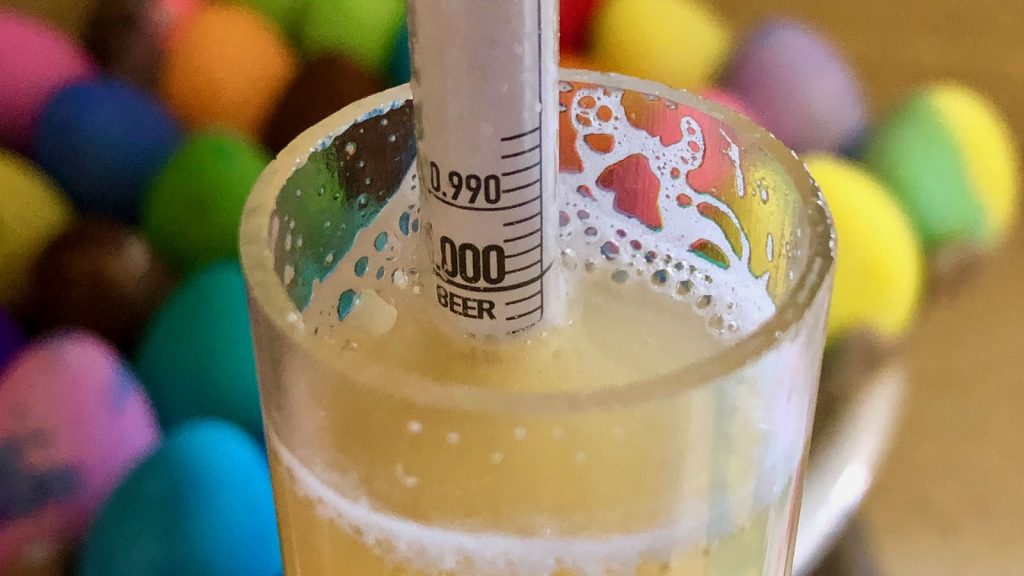
I added the dry hop charge and left the beer alone for another 3 days before cold crashing, fining with gelatin, then kegging.
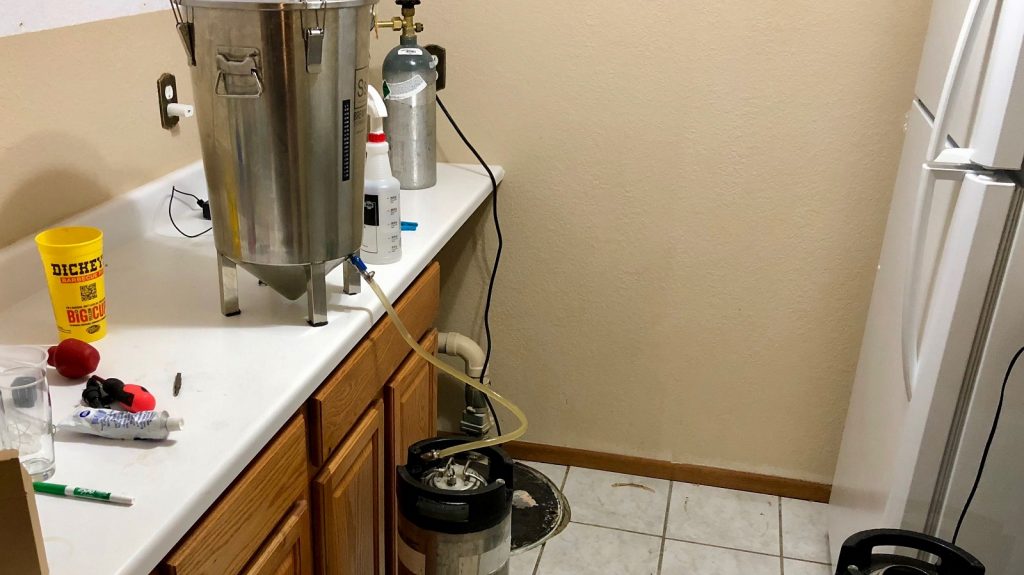
The filled keg was placed in my cool keezer where the beer was burst carbonated overnight before I reduced the gas to serving pressure. After a few more days of conditioning, it was clear, carbonated, and ready for evaluation.
| METHOD |
Participants were instructed to focus only on the aromatic qualities of the beer before evaluating the flavor. For each aroma and flavor descriptor, tasters were asked to write-in the perceived strength of that particular characteristic on a 0-9 scale where a rating of 0 meant they did not perceive the character at all and a rating of 9 meant the character was extremely strong. Once the data was collected, the average rating of each aroma and flavor descriptor was compiled and analyzed.
| RESULTS |
A total of 11 people participated in the evaluation of this beer, all blind to the hop variety used until after they completed the survey. The average aroma and flavor ratings for each descriptor were plotted on a radar graph.
Average Ratings of Aroma and Flavor Perceptions
The 3 characteristics endorsed as being most prominent by participants:
| Aroma | Flavor |
| Tropical Fruit | Citrus |
| Citrus | Tropical Fruit |
| Stone Fruit | Stone Fruit |
The 3 characteristics endorsed as being least prominent by participants:
| Aroma | Flavor |
| Earthy/Woody | Earthy/Woody |
| Dank/Catty | Grassy |
| Grassy | Dank/Catty |
Participants were then asked to rate the pungency of the overall hop character.
Next, they were instructed to identify beer styles they thought the hop would work well in.
Finally, tasters were asked to rate how much they enjoyed the hop character on a 1 to 10 scale.
My Impressions: With existing descriptions of Engima including raspberry and white wine, I wasn’t sure what to expect and while I did perceive a subtle hint of raspberry, it wasn’t overpowering. I also got a rather smooth tropical fruit aroma with a slight dryness I would equate with white wine characteristics, though I thought this might have been influenced by the beer’s high attenuation. What impressed me the most about Enigma was that despite its high alpha acid and cohumulone, I didn’t perceive the bitterness as too sharp or overbearing. I thought the malt sweetness paired nicely with the combination of slight raspberry and tropical fruit.
| CONCLUSION |
As indicated by the evaluations of blind tasters, Enigma hops contribute notes of tropical fruit followed closely by citrus and stone fruit characteristics, ideal for modern versions of hop-forward Pale Ale and IPA. This is no huge surprise given Enigma’s relation to other super fruity Australian varieties including Galaxy, Vic Secret, and Ella.
When I asked tasters to try to guess the hop used in the beer after they completed the survey, responses were all over the board, perhaps an indication of Enigma’s chameleon-like nature. One participant was confident the hop was Australian due to what he described as a particular banana aroma he perceives in other varieties from the region, though nobody accurately identified the hop as Enigma.
With its strong fruity characteristics and solid taster preference ratings, Enigma is a hop that will likely find favor among brewers of hoppy ale, though I could see it adding a touch of uniqueness to less intense styles as well. While I enjoyed my Enigma Pale Ale, I’m not entirely sold on its use as the only hop in a beer and expect it’ll really shine when combined with other varieties such as 007: Golden Hop or Citra.
Enigma is available now at Yakima Valley Hops, get some while you can! If you have any thoughts on this variety, please feel free to share them in the comments section below.
Support for The Hop Chronicles comes from Yakima Valley Hops, suppliers of over 40 varieties of hops ranging from classics like Saaz and Cascade to yet-to-be-named experimental options fresh from the source. Offering great prices with reasonable shipping, consider Yakima Valley Hops for your next hop purchase.
Support Brülosophy In Style!
All designs are available in various colors and sizes on Amazon!
Follow Brülosophy on:
FACEBOOK | TWITTER | INSTAGRAM
If you enjoy this stuff and feel compelled to support Brulosophy.com, please check out the Support page for details on how you can very easily do so. Thanks!


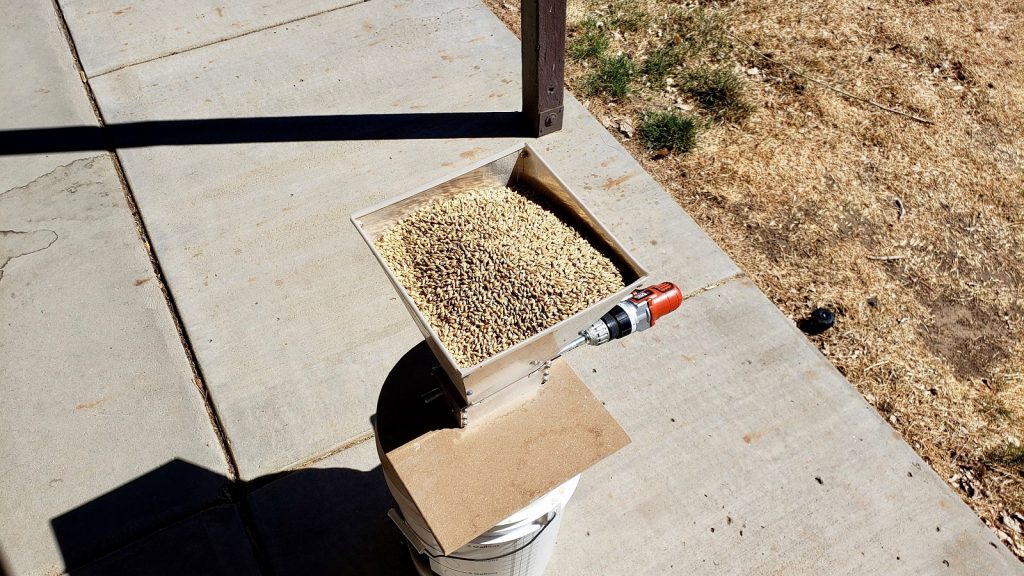
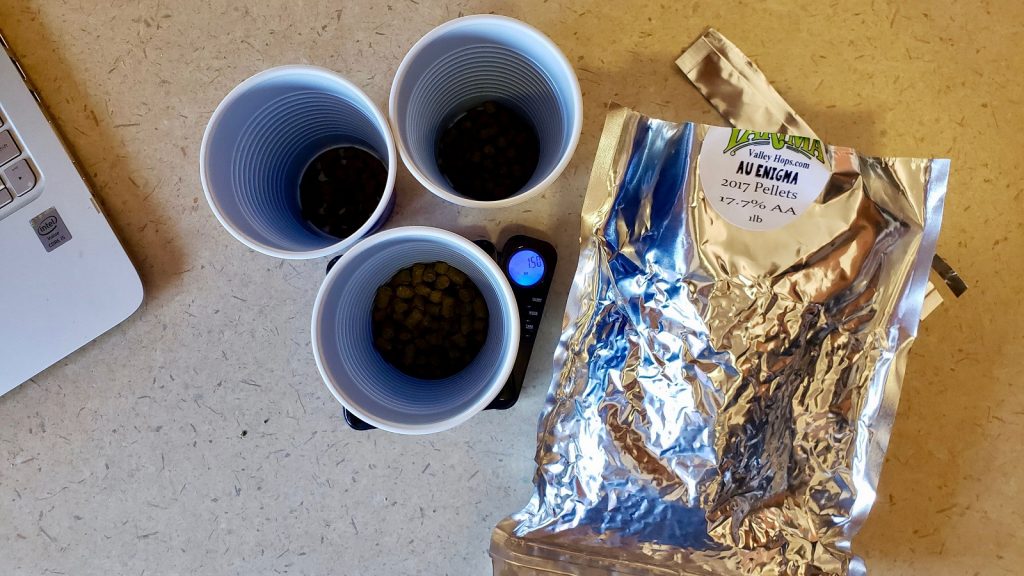
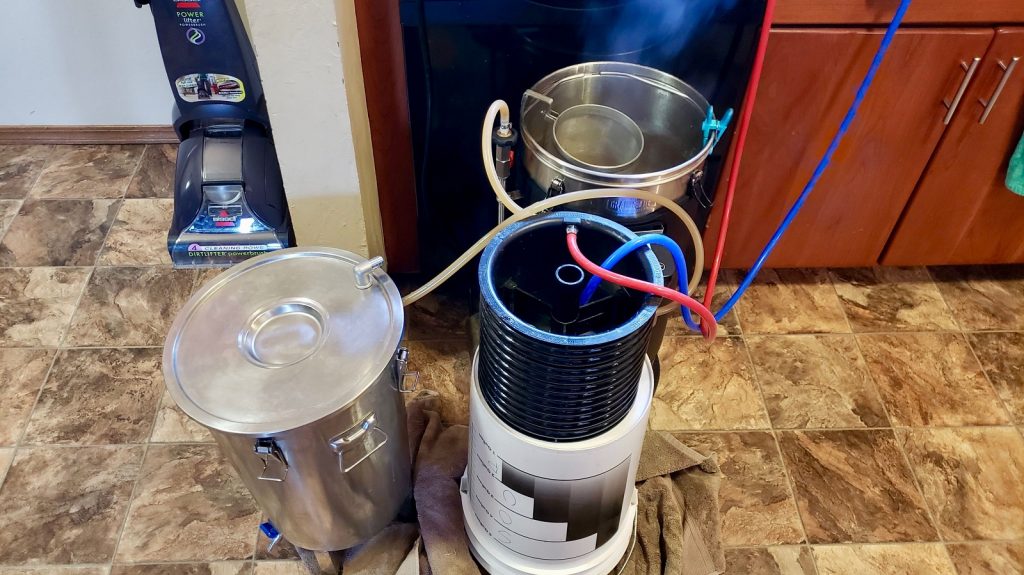
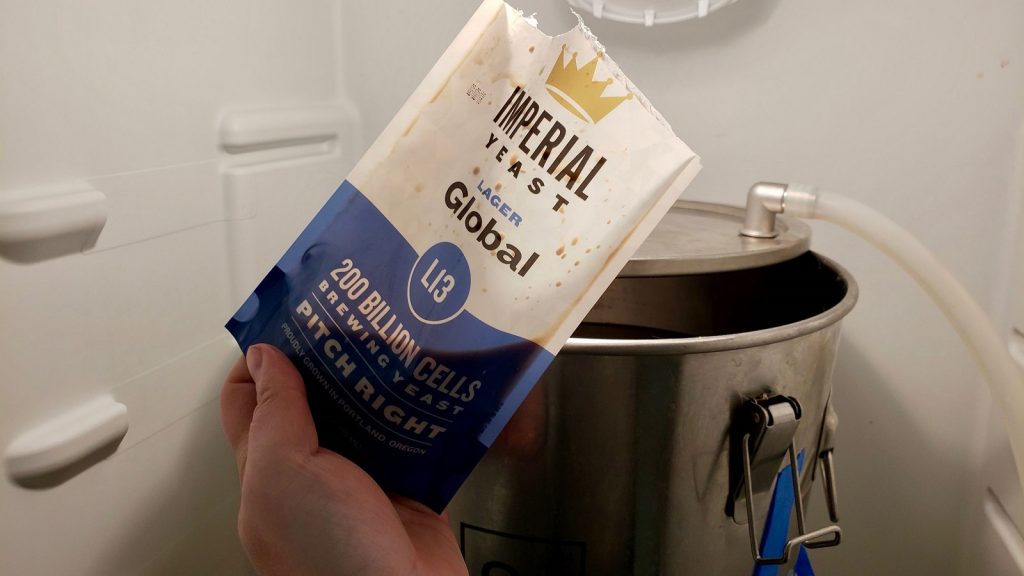
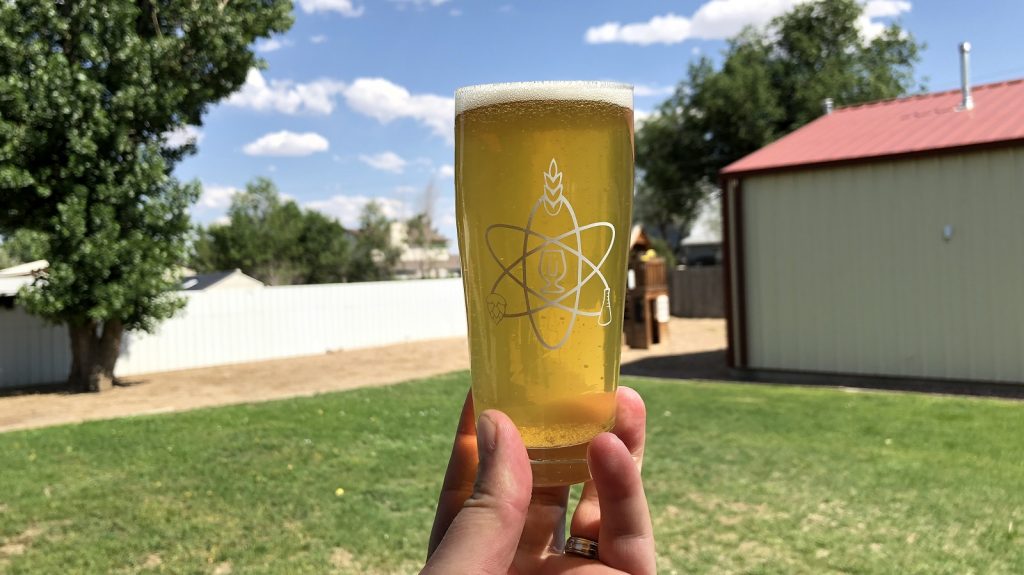
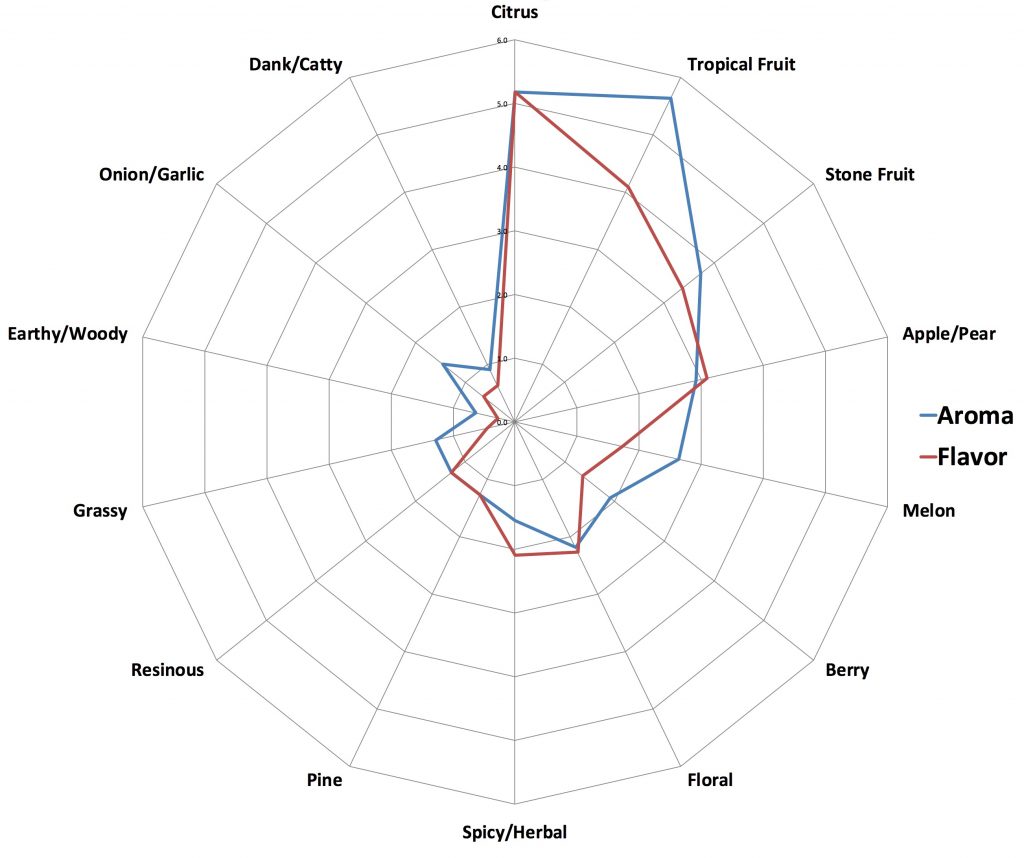
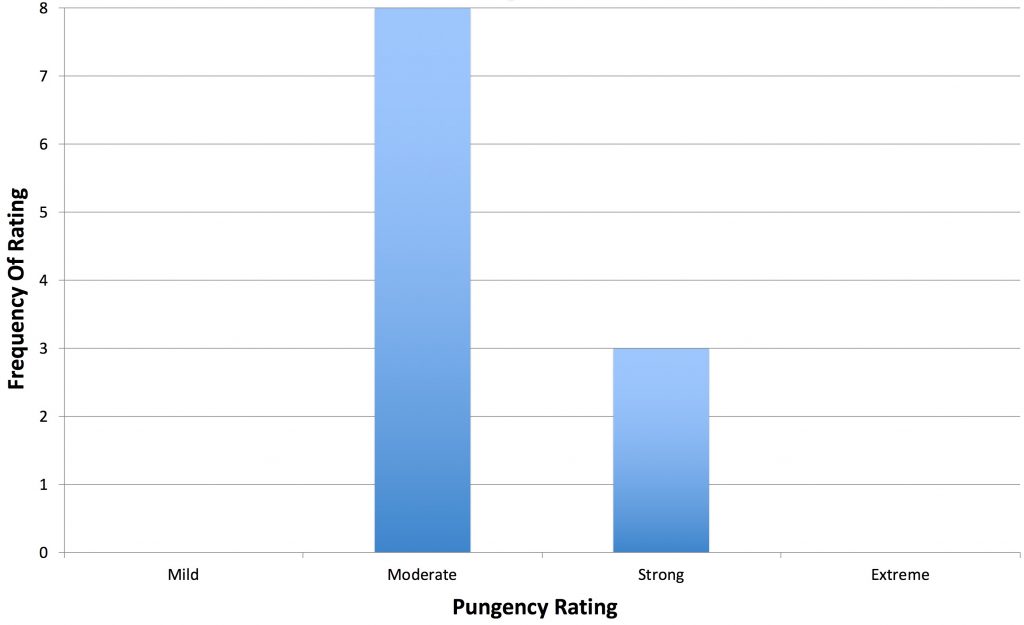
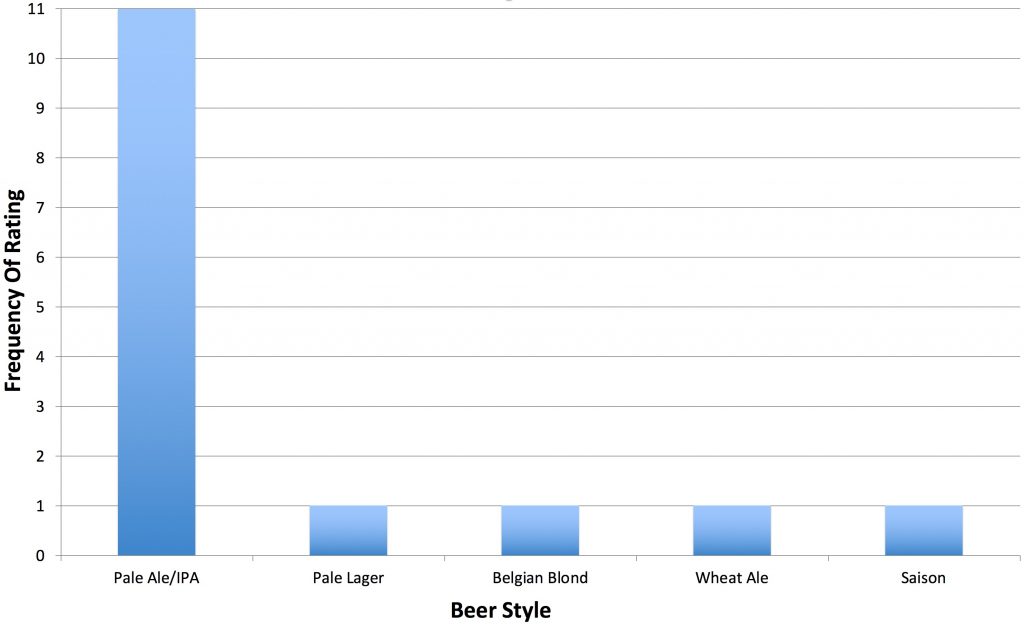
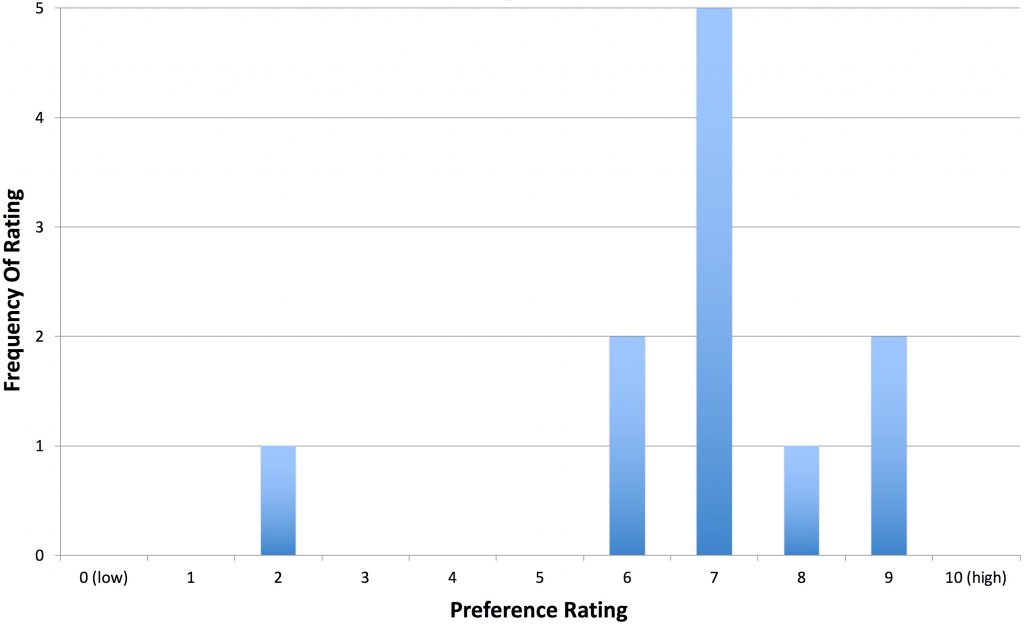











9 thoughts on “The Hop Chronicles | Enigma (2017) Pale Ale”
Using L13 Lager yeast at higher ferm.temp? Was this because of experience from this exbeeriment: https://brulosophy.com/2017/11/06/fermentation-temperature-pt-11-imperial-organic-l13-global-lager-yeast-exbeeriment-results/
Not specifically, no. We’ve been using various lager strains at ale temps for Hop Chronicle stories, for no other reason than they just taste good.
Ohh…that’s quite an eye opener to me. Could you pls. briefly explain what You get with Lager strains fermented at ale temp., that You don’t with “normal” ale strains? Thanks 🙂
I guess I should say “we” cause I’m not talking for the group. Marshall tried this awhile back, liked it, told me about it, I tried it, and plan to continue doing it. I don’t think it’s anything drastically different, but I feel the beer is a bit cleaner and the hops come through a bit more.
Thanks for the tip, Jason. Never would have even thought of trying…..at least not before now 🙂
So probably should be called an Enigma Pale Lager instead of Enigma Pale Ale
While I like the chart saying stone fruit or tropical or spicy or herbal I find those descriptions to be limiting. The raspberry or banana was more useful. I know it’s hard to describe a hop aroma because they are so very similar. I just wish when you talk about it you use more specific descriptors. Almost every IPA hop u review has the same profile … So I can’t really pick a new hop based on this write up.
I just started a Brut IPA with equal parts Enigma and Amarillo for the hop stand and dry hopping. I am interested to see how the two hops work together.
I brewed a SMaSH pale ale with Enigma earlier this year. I can see the raspberry (very light) but picked up more of a combination of kiwi fruit and something like a Sauvignon blanc, and I mean that in the best way. It’s a subtle hop which is a nice change. I think it would be spectacular in a witbier or tripel.